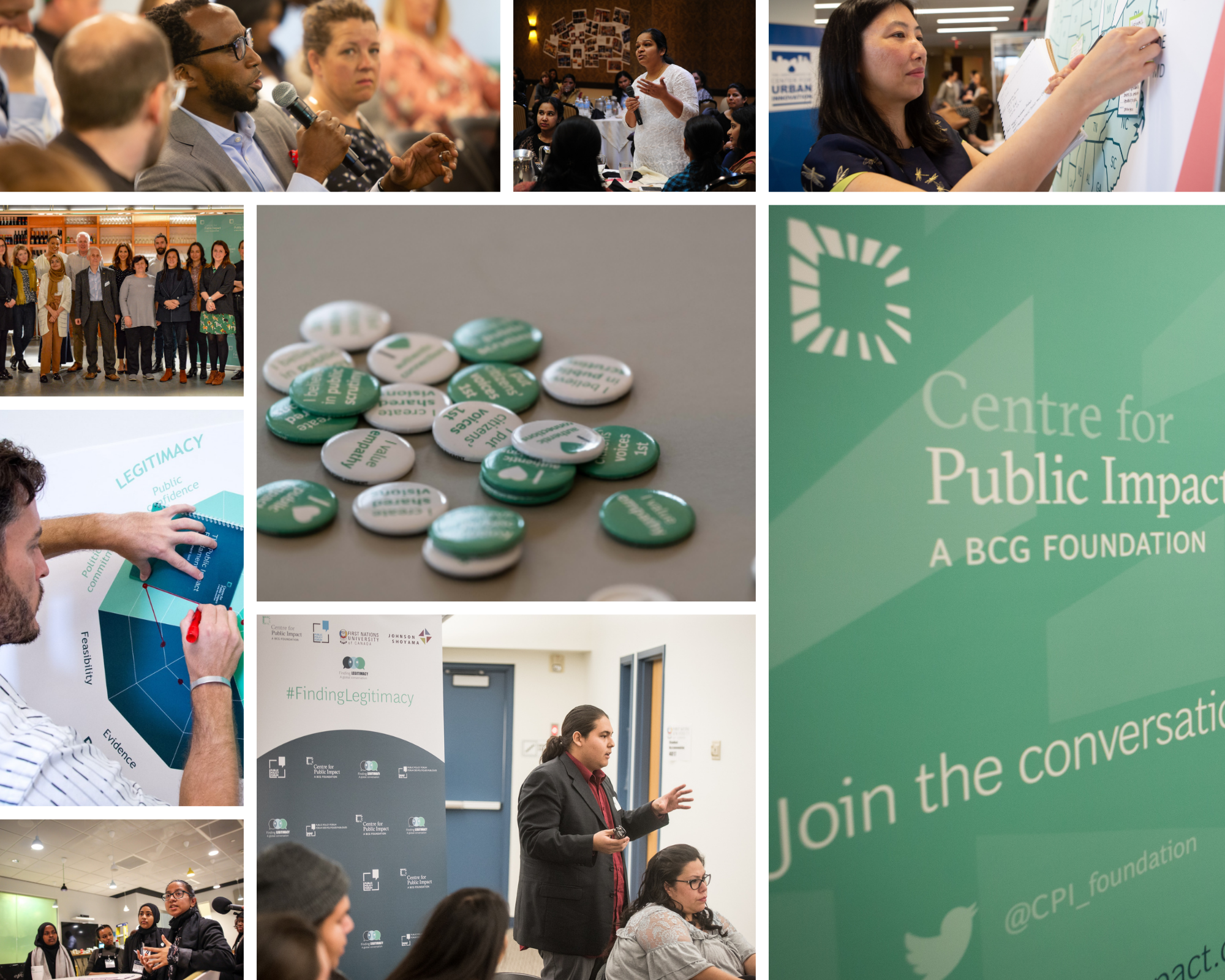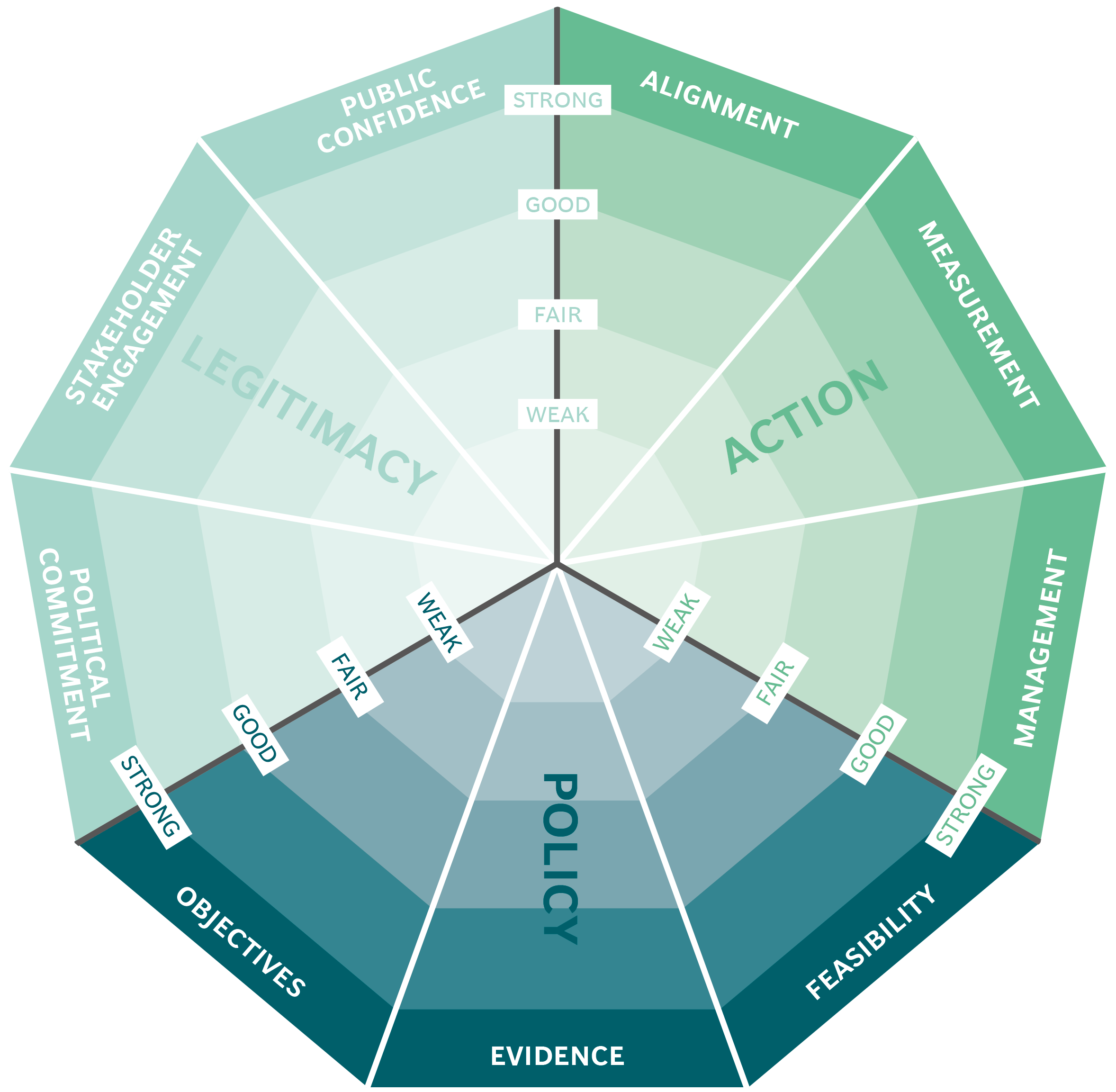
Mobile technologies for health in Zambia
The initiative
The Zambian Ministry of Health invited UNICEF to design a solution to the problem. [1] They responded with Project Mwana, a mobile health initiative which used mobile technologies to [2]:
- Reduce the delay in transferring test results, thereby improving children's chances of a healthy life, by using text messages rather than the postal service.
- Improve the postnatal follow-up, increasing the number of birth registrations for clinic and community births while also raising the number of mothers' post-natal visits to community health clinics for regular immunisation checkups.
The Zambian government then committed to undertake a national scale-up of the system. They hoped to cover, by the year 2014, all the health facilities currently offering HIV testing for infants.
The challenge
Zambia has been badly affected by the HIV epidemic, with an estimated 13.5 percent of the general population infected with HIV, according to a study by the Joint United Nations Programme on HIV/AIDS in 2009. Women are more likely to be affected, and mother-to-child transmission of HIV is the cause of 10 percent of new infections.
Exposed infants need a special type of HIV detection test. Due to limited human resources and infrastructure, transporting the early infant diagnosis test results from the laboratory to a health facility was subject to delay or non-arrival. This then delayed the initiation of antiretroviral therapy for HIV-positive infants, significantly reducing their chances of survival.
The public impact
There has been a positive social impact:
- Project Mwana has been deployed to a total of 484 health facilities.
- It has reduced the turnaround time - from sample collection at the laboratory to the return of test results to the originating health facility - by more than 50 percent (from an average of 66 days to 30 days).
- The success of the solution has created a level of trust within the community that was essential to solving a much more difficult problem - helping community health workers to understand the diagnosis, communicate it effectively to mothers, get infants into treatment, and report back to the Ministry of Health. [3]
It remains to be seen, though, whether the project has led to a significant reduction in the number of HIV-related infant deaths in Zambia. But the use of an advanced technical solution is appropriate to Zambia with its now booming technology sector.
Stakeholder engagement
Project Mwana has been sustained by a number of partnerships, the central one being between UNICEF and the Zambian Ministry of Health. There were others, too, all experienced in dealing with HIV-related health projects, including the Zambia Centre for Applied Health Research and Development (ZCHARD), a Boston University affiliate and local NGO; the Zambia Prevention, Care and Treatment Partnership (ZPCT); and the Clinton Health Access Initiative (CHAI). These stakeholders were well coordinated:
- Since the project's inception, UNICEF has provided the Ministry of Health with the strategic vision and support necessary to develop and maintain the project.
- In its project case study, UNICEF states that “despite UNICEF's involvement and the Zambian Government's commitment to innovative solutions, the development, design, piloting and evaluation of Project Mwana was made possible only by engaging in partnerships and taking advantage of partners' different capacities and resources at each stage of the process. Partnerships therefore played a central role in providing the necessary technical expertise, local knowledge and outreach." [4]
Political commitment
As stated above, the principal sources of funding and implementation were UNICEF and the Zambian Ministry of Health, which was a key government department, heavily committed to the project.Public confidence
However, there was very little public confidence in the Zambian Ministry of Health, due to severe corruption within the ministry:
- The governments of Sweden and the Netherlands announced that they had suspended aid after a whistle-blower alerted Zambia's Anti-Corruption Commission (ACC) to the embezzlement of over US$2 million from the health ministry by top government officials. [5] They expressed their concern at this corruption:
- “We want the government to be the lead, but we realise that there are risks”, said Eva Nathanson of the Swedish Embassy in Lusaka. “We are constantly reminding them of this. None of us can afford another scandal.”
- “The misuse of Dutch taxpayers' money is unacceptable," said Development Cooperation Minister Bert Koenders in a statement, adding that Dutch aid would be put on hold until the ACC and Zambia's Auditor General released the findings from their investigations.
- The fallout of the corruption case in the Zambian Ministry of Health exposed the tough dilemmas that donors face when implementing policies of zero tolerance on corruption, especially in the health sector, where lives can depend on steady funding.
Clarity of objectives
The project’s objectives were stated clearly in UNICEF’s proposal at the outset. They addressed the problems head-on and UNICEF has maintained the policy vision throughout, resulting in a scale-up of the project with the same objectives.Strength of evidence
The project drew on evidence from a number pilots, and from the multiple stakeholders, using the results to refine its approach:
- It was piloted in 31 clinics in six provinces across the country and relayed more than 3,000 infant HIV test results.
- UNICEF approached ZCAHRD to lead on monitoring and evaluating the project to demonstrate the pilot's effectiveness and potential impact. ZCAHRD conducted a study of 10 sites over a period of almost eight months of implementation, providing the evidence needed to demonstrate the success of the pilot. The ZCAHRD study showed that Project Mwana reduced the turnaround time for transmitting test results by more than 50 per cent.
- McKinsey & Company supported UNICEF on a pro bono basis, in the definition of the problem statement and ‘visioning exercise'. The company also helped UNICEF through process modelling and mentoring.
UNICEF also partnered with frog™, a technology company, which assigned a design team pro bono to support the project, and evaluate its technical approach.
Feasibility
The project was designed to work even in rural areas without a mobile network. Given the limited infrastructure, and the unreliable transport infrastructure, mobile health technology was selected as the best, and most feasible, means of delivering health reports.
The scale-up preparation focused on the making the infrastructure more robust to enable the system to cope with the stresses of expansion. Only one server, located at the Ministry of Health's headquarters in Lusaka, was required for system implementation.
Setting up an SMS-based system involved some initial fixed costs (e.g., for training, a server and supervision), but there were clear savings to be made as against the physical, courier-based communication of medical data.
Management
Having competent expert partners and concerned agencies who understood the delivery concept very well was central to the project. The management structure was strong with this project, being implemented by the Zambian Ministry of Health with the support of UNICEF and its collaborating partners. ZPCT, for example, had the outreach and field experience that allowed the project's management to avoid creating parallel structures and systems and to support the integration of programmes at district and facility levels.
At the national level, there was a dedicated project manager with the necessary technical and partnership skills who played a central role in ensuring the project's success.
Measurement
There is evidence of a suitable mechanism and framework to monitor and
evaluate the pilot and to scale up the project:
- ZCAHRD took the lead in developing a mechanism for measuring the project to assess the pilot's effectiveness and impact.
- Data on turnaround times was collected monthly from the project register at each study facility and entered into a database.
Alignment
The project challenges included the ownership of the project prior to initiation, and the number of external partners, which created some initial coordination problems, although these were eventually resolved. The actors were all proactive and efforts were made to ensure that they were well equipped to implement the project:
- There was only one coordinating body, a mobile health technical working group led by the Ministry of Health.
- Six months of dialogue between frog™ and UNICEF took place to identify areas of mutual interest and collaboration, define partnering principles and establish common goals.
- A one-day workshop brought together key stakeholders from public health programming and mobile health implementers to build alignment.
- The partners had frequent meetings to strategise, and at least two staff members from each study facility attended a half-day training session (a presentation of the existing Zambian programme for the early diagnosis of HIV infection in infants, and instructions on using the SMS-based system to retrieve test results.

The Public Impact Fundamentals - A framework for successful policy
This case study has been assessed using the Public Impact Fundamentals, a simple framework and practical tool to help you assess your public policies and ensure the three fundamentals - Legitimacy, Policy and Action are embedded in them.
Learn more about the Fundamentals and how you can use them to access your own policies and initiatives.
You may also be interested in...


Mexico City's ProAire programme

National portal for government services and Information: gob.mx

The eco-friendly façade of the Manuel Gea González Hospital tower in Mexico City

Organ Donations in Iran
